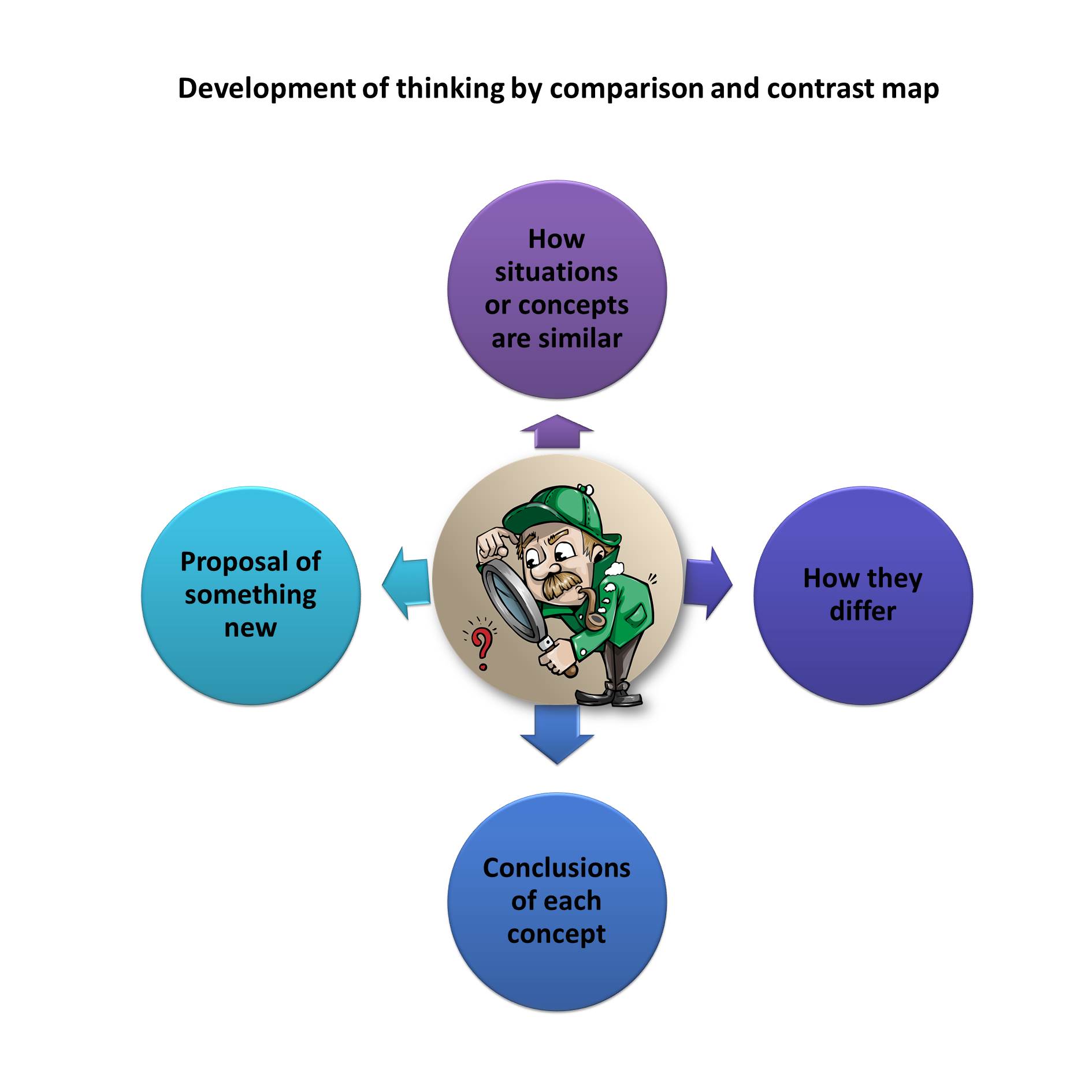
Source: pixabay.com
Thinking is a higher order cognitive process, in which the elements of rational processing are integrated, which activate our neuronal processes that are activated in the synopsis of neurons, emotions and senses intervene. Thinking can be developed as any other cognitive process, but it depends on the exercise of the same by the person, then we learn to think or we develop thinking? In this case, both things happen, first we learn to think and as the years go by we develop thinking.
Working on the development of thinking involves a series of steps that we must teach children so that as they grow up they can implement them autonomously once they have learned them. There are two basic learning strategies in the development of thinking:
1.- Think to know and reflect:

Source: Pixabay.com
This first strategy allows people, especially children in the first place to face the unknown, of situations, facts and new content to learn without fear and with an open mind towards knowing and reflecting, it is not a mechanical or rote learning, it is about allowing the child to discover and build that knowledge that he/she wants to achieve. This is achieved through the execution of a series of questions that first turn that which we are going to learn into a source of curiosity or problem situation. The steps to follow are:
What am I going to learn:
In this we face the central theme, area, subject or content we wish to learn.
Why do I need to learn it:
Everything in life requires an explanation from the utility that this content or this new experience to learn represents to my life.
What are the possible learning routes:
Today, thanks to the advances in the studies of educational sciences, humanities, arts, technologies and especially psychology and neurosciences, we know that there are different learning routes and it is essential that our children get to know themselves to such an extent that they can decide how they will approach the content or the situation from which they are going to learn. This allows us to develop learning autonomy.

Source: @emimoron
What will be the expected result of my learning:
Possibly with the youngest we should guide their answers, always in knowledge of the processes of our children, in relation to this phase of the result, as they gain cognitive maturity and age they can easily answer what will be the result of the strategies that I will use in the content that I will learn and the personal impact it has.
2.- Development of thinking by comparison and contrast:

Source: pixabay.com
In this strategy we use situations or concepts similar in appearance but that in depth differ in their characteristics and results. This strategy of comparison and contrast in an attitudinal way allows us throughout our lives to establish and measure the benefits and consequences of our actions, situations and events that occur in our existence, that is, we provide tools to the little ones to establish what is good and bad in all areas of life. This is done in the following way:
How situations or concepts are similar:
When facing the learning of something new, we look for a situation or concept that for the child is similar and known through which the scaffolding of the new knowledge is made.
How they differ:
Here we highlight the aspects in which each one of the elements of analysis differs.
Conclusions of each concept:
In this part we establish a detailed definition from what is my perception of what each concept or situation represents once I have analyzed it.
Proposal of something new:
Once the concepts and situations have been evaluated, a bridge is created between what has already been learned and what is new, even a new proposal can be created from the reflection made.

Source: @emimoron
As can be seen, the purpose of this cognitive process is to ensure that people, especially children, develop deep, analytical, reflective thinking about every aspect of their lives. They should be able to dedicate a few minutes to the evaluation of the situations they have to solve and to evaluate the possible ways to do it. This method is a strategy for life.
Very interesting topic, I had never really thought about this methodology of learning to think, sometimes we think we think and we don't know the process and how to develop it. Thank you
Wow! A very interesting content a clear information. And yeah I am absolutely agree with you, it is important to learn science since we live in the modern technology, most of the things related to technology so that if we know more about science it will be helpful and make us feel more comfortable when we can get to know about new trends of technology.
This is the first time that I encountered this method. If schools are going to adopt this method I think the next generation will be more capable thinkers.
Very important strategy @emimoron, we must help children develop a reflective and analytical personality, having them ask themselves what they are going to learn and how they will use that knowledge brings them closer to that.
Good strategies for adults too!